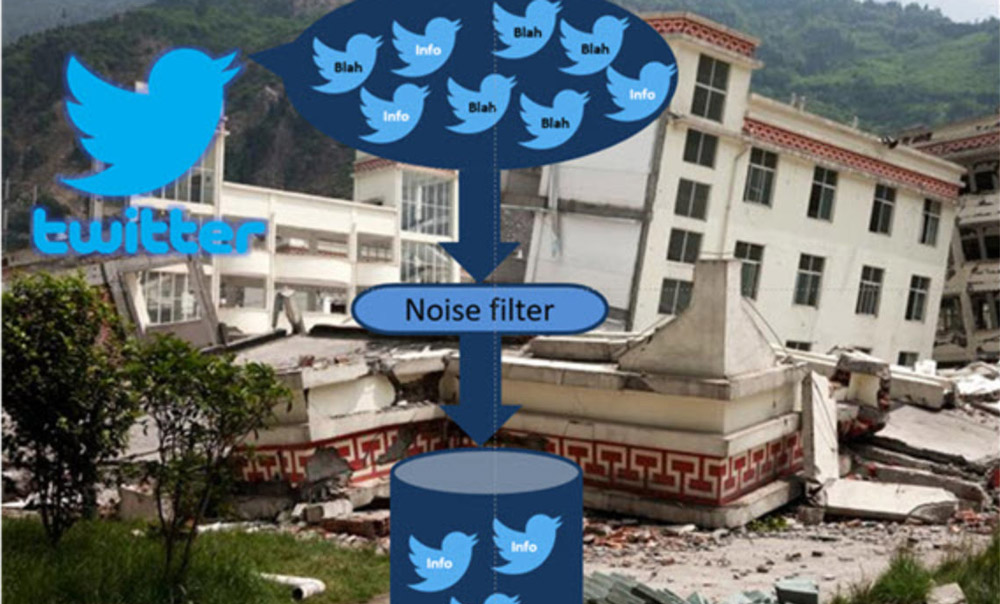#83: Do you know about the 3MT competition?
Communicating the significance of your project to a non-specialist audience in just three minutes: Kiran Zahra shares this challenging experience for a PhD student.

Effective communication plays a vital role in our PhD life. We spend significant amount of time working on a desk or in a lab performing our research for many years. However, if we do not effectively communicate our results and ideas to other scientists and researchers, our research will be unacknowledged.
Of course, we all learn how to give scientific talks, via PhD concept talks, final defenses or conference presentations. Nevertheless, how do we learn to communicate our research beyond our research community; that is, to a non-specialist audience and the general public?
"An 80,000 word PhD thesis would take 9 hours to present your time limit… 3 minutes". This is the slogan of the "3 Minutes Thesis competition" (3MT), open annually worldwide.
If we think of something like an elevator pitch, you have only three minutes to tell about your research to a general audience, without using scientific jargon and without a bunch of slides. Yes, three minutes! The 3MT competition challenges research students to communicate the significance of their research projects to a non-specialist audience in just three minutes with the help of only one static PowerPoint slide.
For me, it started with a "story boarding as a research tool" course offered by Graduate Campus at University of Zurich (UZH). At this course, I had to tell the story of my PhD research sketched in different frames. It was a nice opportunity to get a break from my daily research tasks and think about a comprehensive story that I was going to tell at the end of my PhD in my thesis.
After this course, I read about the 3MT competition at UZH where they challenged all PhD students to show their story telling skills. They also offered a one-day course to help researchers to prepare for the competition. I signed up for the course as well as the competition. Before the course, they asked all the participants to write a small paragraph to introduce their research to other participants. This seemed to be a very easy and simple task.
On the training day, our instructor started the day with the introduction speeches of the participants, which each of us prepared about our research. Once the introduction was over, he asked all the participants what they remembered about each other's research. That was an embarrassing moment! We all realized that we focused so much on using scientific jargon that it was too hard for our audience to recall anything.
Later, our instructor shared the basic structure of a good speech with us. It starts with an introduction where the speaker brings their audience in their world, where the audience can immediately relate themselves to the speaker's words. Then there are paragraphs where the speaker goes deeper into their research using simple terms and short sentences. Finally, there is the ending where the speaker concludes and goes back to the surface shell (e.g. introduction) so that the audience can relate the concluding information to the introduction.
We worked throughout the afternoon on improving our text by incorporating our instructor and peer's feedback and had a new and nicer version of our speech in the evening. During that day, we all learnt a lot on how to improve our communication skills and had a very fun session.
The actual 3MT competition was a week later, giving us enough time to practice the text. The competition was a live session in front of six jury members from different fields including also academic professors, journalists, and with a general audience from outside Academia. I enjoyed very much listening to all the participants and see how much we have improved in communicating about our research since the morning of the training session.
In the end, I realized how a short verbal communication can also effectively convey my scientific research to a rather broader audience. I will certainly focus more on the story-telling aspect when preparing my future talks. And, whenever my talks become too long, I will remember that the essence of my work can also be communicated in three minutes.
Kiran Zahra
